Sylvania Pendant lights
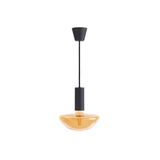

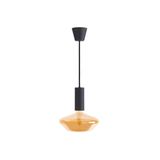

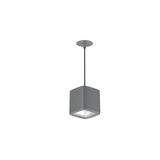

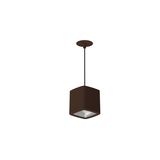


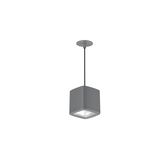

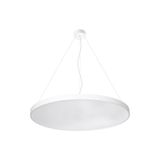


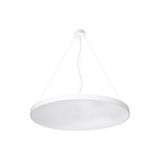
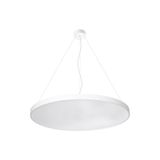
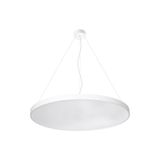
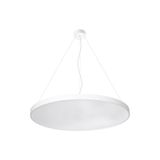



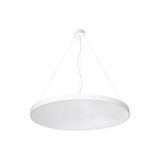


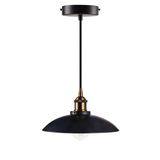

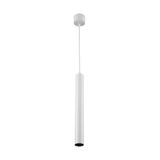
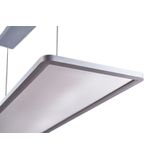



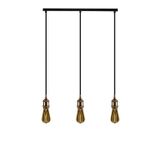
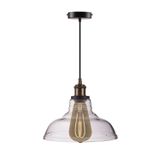
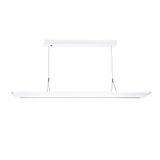
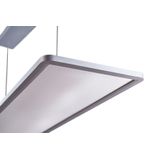
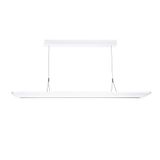

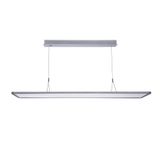
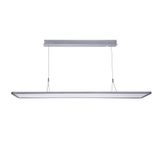
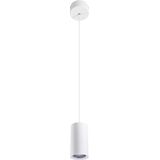
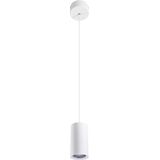



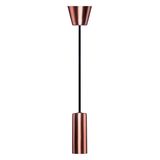








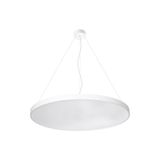
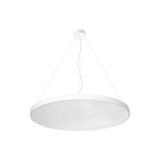
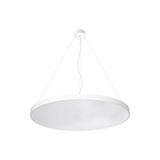
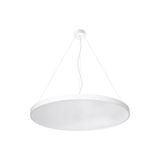
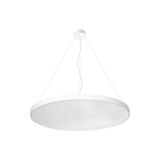

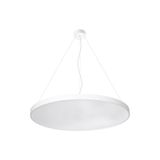
-
-
1
- 2
-
Ceiling-suspended fittings earn their place on drawings when optics are clean, glare is controlled, and commissioning is predictable. Sylvania’s pendant families share driver footprints, accessory threads, and canopy geometries, so installers can standardise across rooms without reworking cut-outs. Expect 220–240 V AC, PF ≥0.9, DALI-2 or 1–10 V dimming, and calm inrush behaviour that respects Type B/C MCBs.
sylvania pendant luminaires range and optics
Beam options cover narrow (15–25°) for accents, medium (30–40°) for tables, and wide (60–90°) for general light. UGR targets are achievable with micro-prism or deep-cone reflectors; opal diffusers handle open offices. Output bands span ~1,000–8,000 lm with CRI 80 standard and CRI 90 available. In schedules, teams pick sylvania pendant luminaires to keep beam families and bezel colours consistent across phases.
sylvania hanging lights mounting and cabling
Single-point canopies, twin-wire suspension, and rigid stems cover most ceiling types; drop lengths lock with grub screws that don’t scar the finish. Entries are metric-thread with strain relief; terminals accept 0.5…2.5 mm² copper per EN 60999. For seismic or high-traffic areas, safety wires land on dedicated eyes. Installers specify sylvania hanging lights where repeatable suspension geometry speeds grid layout and laser alignment.
sylvania ceiling pendant fixtures photometric performance
CCT 2700–6500 K in ≤3-step SDCM holds tone between batches; TM-30 and R9 data are available for colour-critical zones. Typical efficacy sits at 110–140 lm/W depending on drive current and thermal path, with L80/B10 50,000–100,000 h projected from LM-80/TM-21 data. When glare limits are tight, sylvania ceiling pendant fixtures pair low-luminance optics with cut-off trims to meet EN 12464-1 in work areas.
sylvania decorative pendant lamps materials and finishes
Powder-coated aluminium housings, spun steel shades, and formed PMMA diffusers cover modern, industrial, and hospitality briefs. Coastal or ammonia-rich sites take stainless fixings and UV-stable compounds; IP ratings range from IP20 up to IP44 for semi-damp zones. Designers tag sylvania decorative pendant lamps when they need visual cohesion across lobby, dining, and corridor while keeping service access tool-simple.
sylvania indoor pendant lighting controls and interfaces
Addressed DALI-2 enables scenes and daylight tracking; broadcast runs simplify small rooms; 1–10 V supports legacy drivers. Presence/daylight nodes integrate at the canopy, and standby levels (10–30 %) avoid blackouts over circulation routes. With clean drivers and declared inrush, sylvania indoor pendant lighting behaves predictably on shared phases and doesn’t upset upstream protection.
sylvania led pendant luminaires efficiency and lifetime
Boards run cool on sized heat paths; standby draw is trimmed for sensor-led operation. Surge protection is typically 2–4 kV L-N indoors; operating window −20…+50 °C. Emergency versions support maintained/non-maintained per EN 60598-2-22 with addressable tests on DALI-2. Energy teams choose sylvania led pendant luminaires for fast kWh gains without changing the circuit topology.
sylvania modern ceiling lights selection for B2B
Start from task and plane: vertical illuminance for shelves and walls, horizontal for desks and counters. Lock beam, CCT/CRI, and UGR target; then confirm suspension type, drop, and canopy footprint. Verify inrush vs MCB curve, harmonics on shared phases, and dimming method per floor. Procurement flags sylvania modern ceiling lights by EAN/MPN, lumen class, beam, CCT/CRI, and interface to keep replacements clean during handover.
Applications and compatibility
Offices and classrooms hold 300–500 lx with daylight harvesting; hospitality prefers warm CCTs with low-level scene stability; retail mixes high-CRI accents and neutral general light; atria use long drops with narrow beams to control spill. For shallow slabs, use offset canopies; for acoustic rafts, confirm anchor type and load data.
Integration with other Sylvania products
Pair pendants with Sylvania sensors and wall keys so presence, daylight, and manual override share one logic set. For unified ceilings, align with Sylvania trunking or panels in adjacent zones; emergency test routines stay upstream of dimming to keep monthly cycles predictable.
Selection criteria for B2B clients
- Photometrics: beam angle, CBCP, UGR, vertical vs horizontal lux targets.
- Electrical: PF at dimmed states, THD, declared inrush, DALI-2 vs 1–10 V vs push-dim.
- Mechanical: canopy diameter/depth, suspension hardware, drop range, adapter plates.
- Environment: IP/IK class, −20…+50 °C envelope, finish durability and cleaning chemicals.
- Service: driver access without breaking seals, spare diffuser strategy, consistent SKUs across floors.
Advantages of working with Bankoflamps
Pricing aligns to room schedules and you see live EU stock before crews are booked. Quotes arrive in about an hour with EAN/MPN so variants stay locked. Your portal shows lead times, shipment status, and downloadable price lists with validity windows you can plan around. Approved clients can use post-payment up to 30 days. We consolidate partials to cut freight, and your account manager cross-checks beam sets, driver interface, emergency mode, suspension hardware, canopy footprint, and finish codes against your drawings so cartons land site-ready across France, the Baltics, Germany, Spain, Italy, Belgium, and the Netherlands.